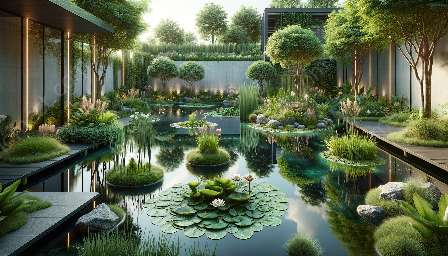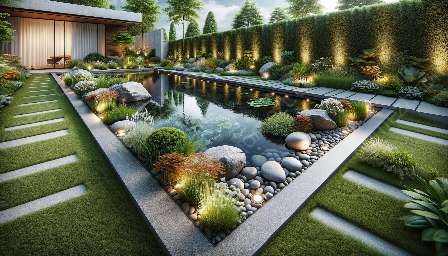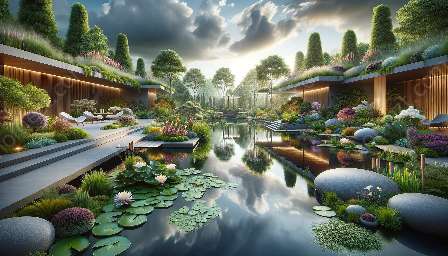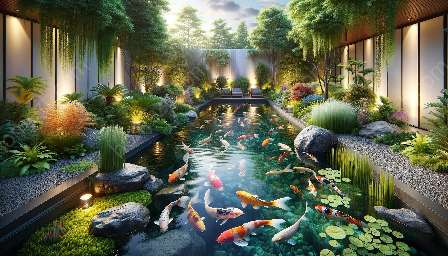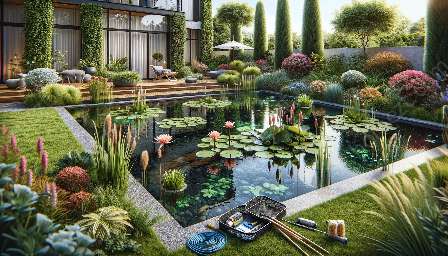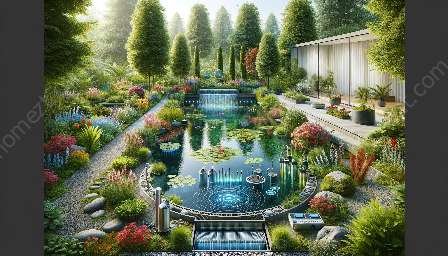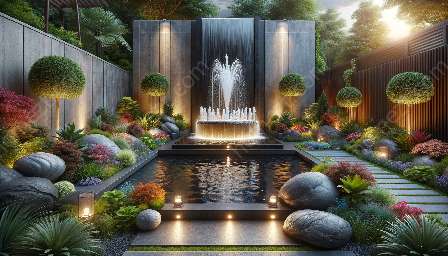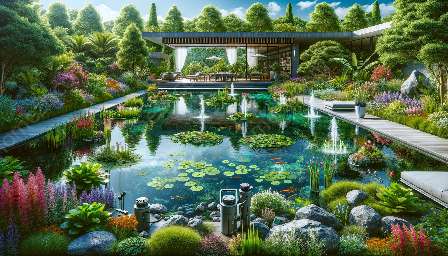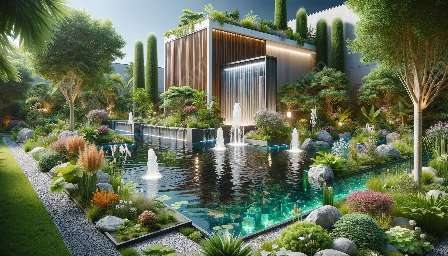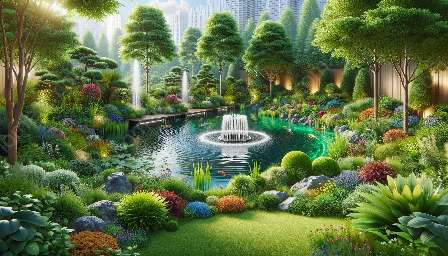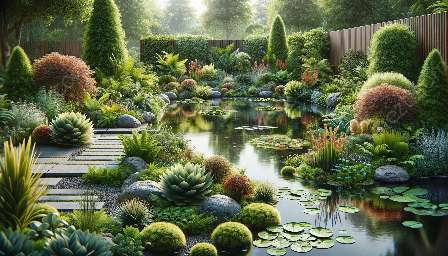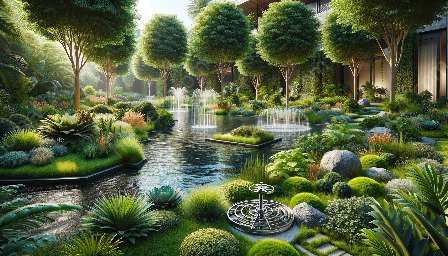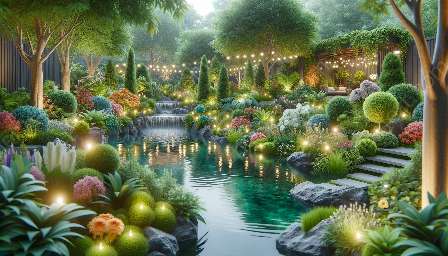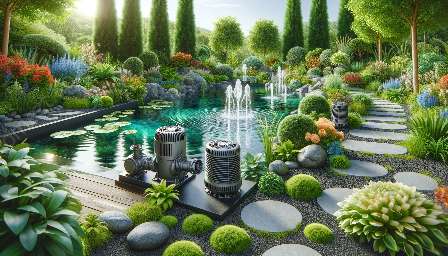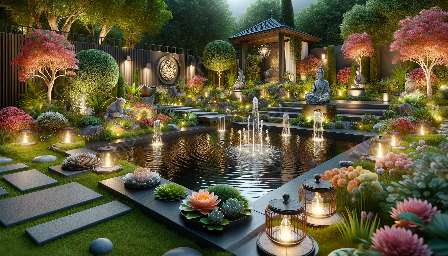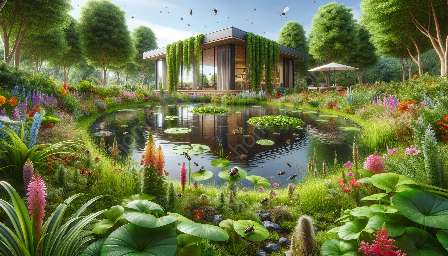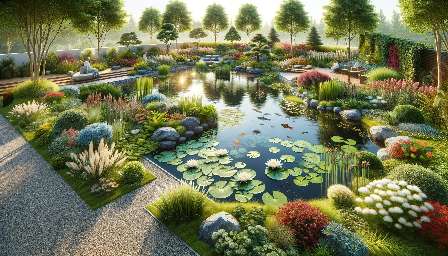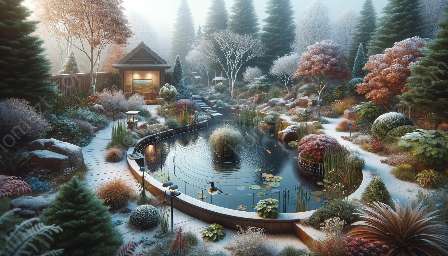Water gardens and landscaping come alive with the beauty and functionality of aquatic plants. Whether you're a gardening enthusiast or a landscaping pro, incorporating aquatic plants into your designs can add a touch of unique elegance and environmental benefits to your outdoor spaces. In this comprehensive guide, we'll delve into the world of aquatic plants, exploring their types, care tips, and design potential.
The Benefits of Aquatic Plants
Aquatic plants play a pivotal role in maintaining the balance and health of water gardens and ponds. They help oxygenate the water, filter out impurities, and provide natural habitat for fish and other water creatures. Additionally, their lush foliage and vibrant blooms enhance the aesthetic appeal of any water feature, creating a serene and picturesque setting.
Types of Aquatic Plants
From floating water lilies to submerged oxygenators, aquatic plants come in a diverse array of shapes and sizes. Some popular types of aquatic plants include:
- Floating Plants: Such as water lettuce and water hyacinth, these plants float on the water's surface, providing shade and shelter for aquatic life.
- Marginal Plants: Including cattails and irises, these plants thrive at the edges of ponds or in shallow water, adding texture and color to the landscape.
- Submerged Plants: Like hornwort and anacharis, these plants grow entirely underwater, contributing to oxygenation and nutrient uptake.
- Bog Plants: Examples include pitcher plants and marsh marigolds, which flourish in moist soil or shallow water, offering a unique appeal to water garden designs.
Caring for Aquatic Plants
Proper care is essential to ensure the health and vitality of aquatic plants. Key care tips include:
- Choosing the Right Plants: Select species that are suitable for the water depth and lighting conditions of your garden or pond.
- Planting Techniques: Use aquatic plant baskets or planting shelves to secure plants in place and prevent them from becoming invasive.
- Fertilization: Utilize aquatic plant fertilizers to provide essential nutrients for robust growth and blooming.
- Regular Maintenance: Trim excess foliage and remove any decaying plant material to maintain water clarity and prevent overcrowding.
Aquatic Plants in Landscaping
Aside from water gardens, aquatic plants can be integrated into landscaping designs to create stunning visuals and ecological benefits. Consider incorporating aquatic plants into the following landscaping features:
- Ponds and Water Features: Frame your ponds with aquatic plants to soften the landscape and promote a natural, harmonious environment.
- Rain Gardens: Utilize water-loving plants to absorb excess water runoff, mitigate erosion, and contribute to sustainable landscaping practices.
- Wetland Restoration: Participate in the restoration of natural wetlands by using native aquatic plants to create biodiverse habitats and support wildlife.
- Layered Planting: Create depth and dimension by combining floating, marginal, and submerged aquatic plants, offering a dynamic and naturalistic composition.
- Seasonal Interest: Select plants that bloom and change colors throughout the seasons to maintain visual interest year-round.
- Focal Points: Use water lilies or lotus as focal points to draw attention and create a sense of tranquility.
Designing with Aquatic Plants
When designing with aquatic plants, consider the following design ideas to maximize their visual impact:
Whether you're aiming to enhance a water garden or incorporate aquatic plants into your landscaping ventures, understanding the diverse world of aquatic plants can open up a world of possibilities. By embracing these captivating plants, you can transform your outdoor spaces into vibrant, sustainable havens that delight the senses and contribute to a healthier ecosystem.

